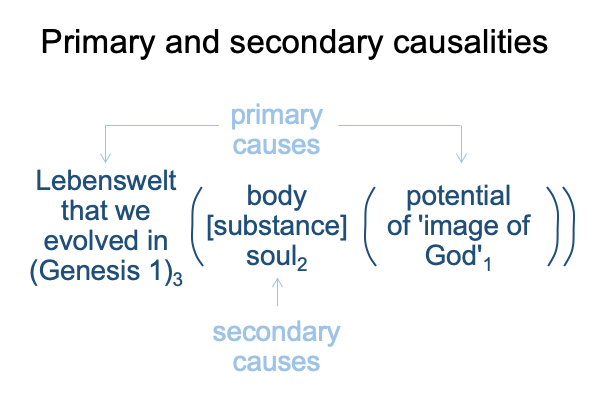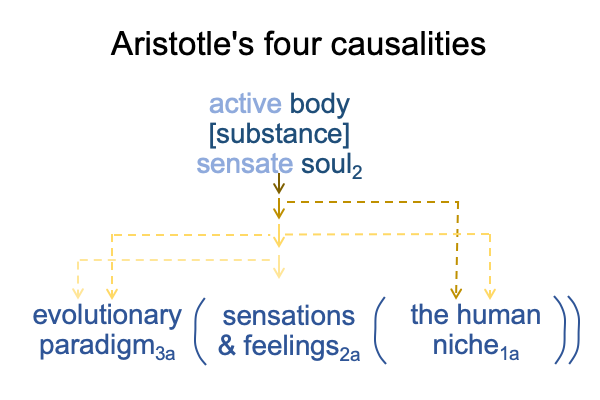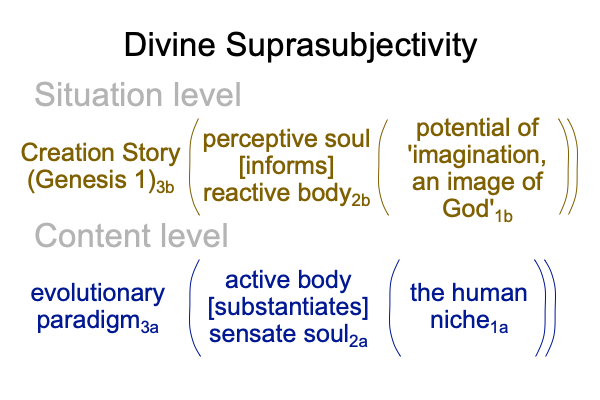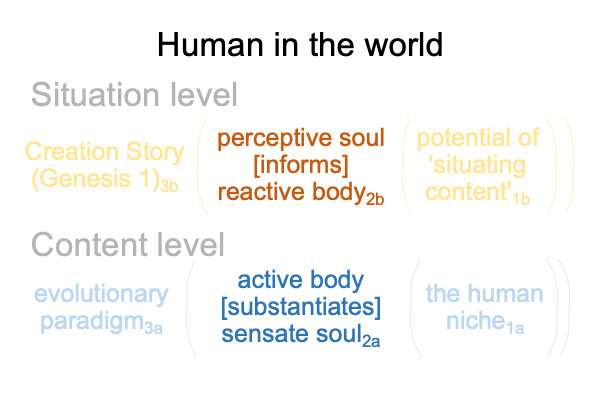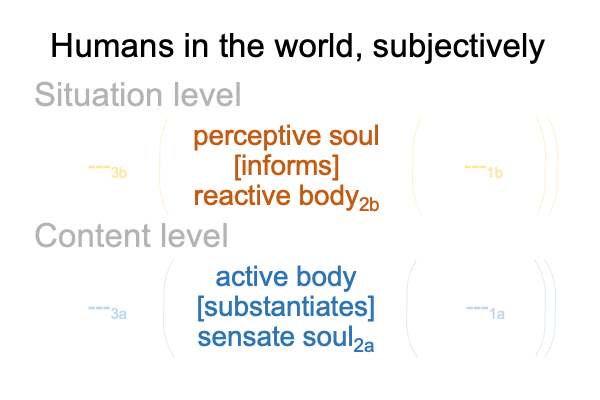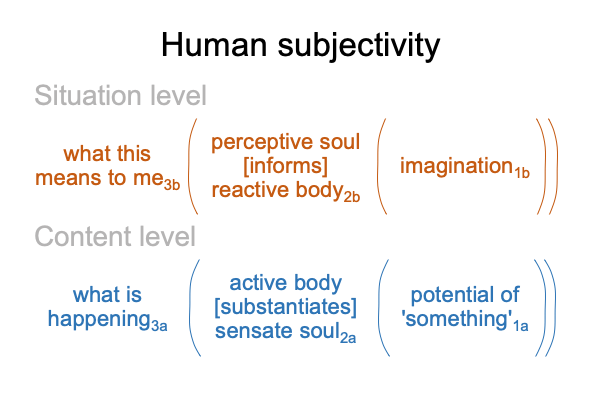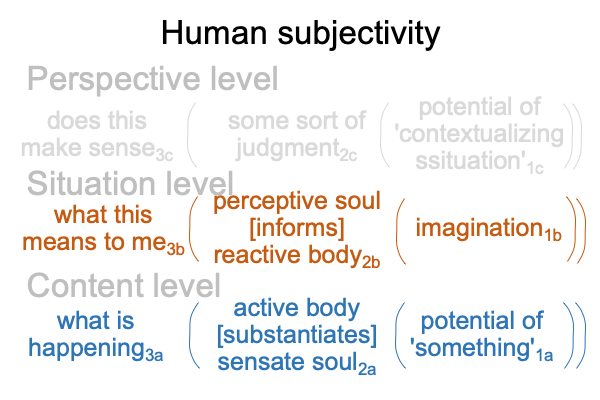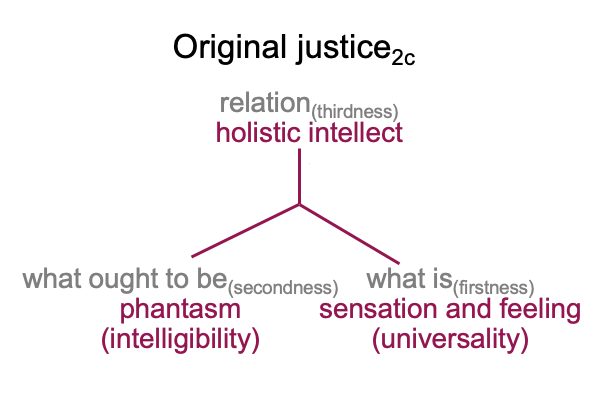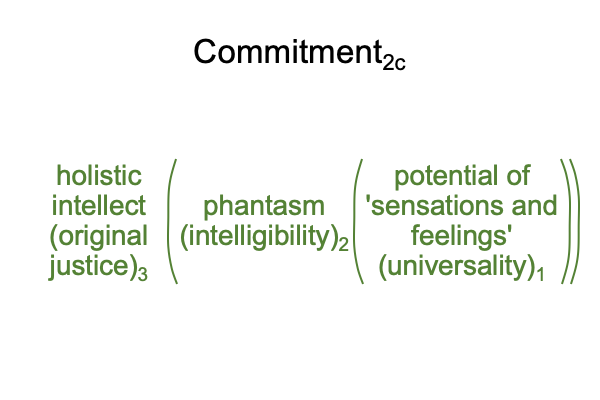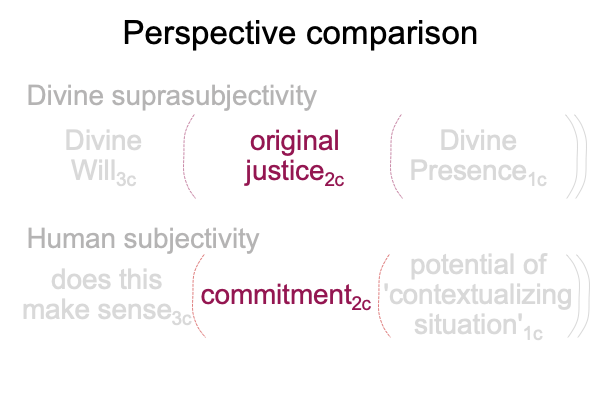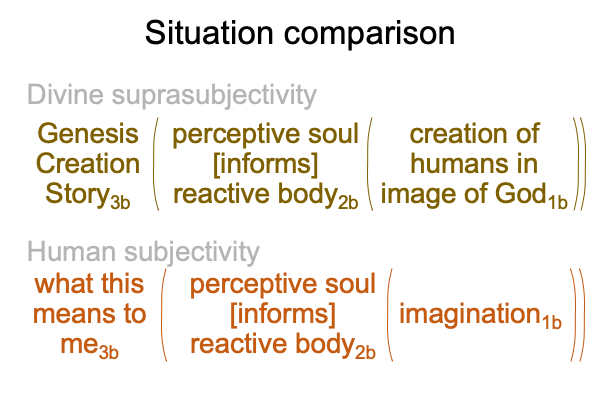Looking at Daniel Houck’s Book (2020) “Aquinas, Original Sin and the Challenge of Evolution” (Part 1 of 23)
0001 Daniel W. Houck juggles five challenges in his attempt to recover Thomas Aquinas’s teachings on original sin.
0002 One, Aquinas does not challenge Augustine’s mechanism of original sin. Original sin descends through Adam to all humans through human reproduction. Augustine’s speculation is now on the chopping block, because modern biologists observe no large genetic bottleneck, as required by Augustine’s proposed scenario. Concupiscence may be undeniable. But, it does not plague humans due to descent from a single ancestral pair.
On one hand, original sin cannot be accounted for as a sexually transmitted disease.
On the other hand, sexually transmitted diseases can, in part, be accounted for by original sin.
0003 Two, original sin is inextricably tied to a difficult conversation about the fate of the souls of infants and fetuses, who tragically die. Where do the souls of aborted fetuses go? To the city dump?
0004 Three, the doctrine of original sin does not appear in Scripture. Instead, original sin comes from interpreting Scripture. It’s like the smell of the rotting food. If one reads Scripture and follows the unfolding theodrama with care, one cannot help but conclude with Paul, in his notorious Letter to the Romans, that Adam and Christ are linked. The Scriptures stink of original sin. Yet, the fragrance of redemption overcomes the sordid aromas. That is the Good News. Jesus is a breath of fresh air.
0005 Four, despite recent attempts to revive the theology of Thomas Aquinas, his account of original sin remains neglected. There is a reason. Thomas never locks onto a clear and concise reckoning. A hundred years ago, Aquinas’s thoughts on the matter are debated. Jean Baptiste Kors publishes an in-depth examination under the title, La Justice primitive et le peche originel d’apres S. Thomas (1922). Now, it is crickets.
0006 Five, Houck consigns even the crickets to silence, because the crickets never considered Neodarwinism and how it puts Augustine’s speculation on the chopping block. In light of the shimmering axe of negation poised above the City of God, much less the City of Man, the crickets may silently snicker at Houck’s promise to tie together Aquinas’s account of original justice with other areas of the great medieval theologian’s thought. Does a synthesis matter? After the blade of scientific expertise comes down on the idea that Adam and Eve are the first humans, will the executioner call out, “Next, original justice.”?
0006 Already modern theologians slink away from the historicity of the Fall.
Can they do without this non-scientific nonsense?
Houck does not think so. No responsible Christian theologian thinks so.
Houck must juggle these five juggernauts, as if each does not have a life of its own. What is the secret that brings them into obedient motion, where one goes up while another comes down?
It is not to be found in his book.
0007 It is to be found in the hypothesis of the first singularity.
The stories of Adam and Eve, along with all currently known written origin stories of the ancient Near East, point to a recent time-horizon, beyond which civilization cannot see.
They point to the first singularity.
They cannot see beyond this event.
The ancient myths say, “Humans are made right before civilization starts.”
Now, archaeologists testify to humans before the time horizon of the first singularity.
Humans walk the earth long before the dawn of history.
0008 Is Adam the first human, as suggested by Augustine, as well as by the Genesis text?
If Adam is not the first human, then who is Adam?
Adam must be a figure in a fairy tale. The fairy tale may be about an event, or something like an event, hidden in time. We (moderns) do not know much about what came before this event. We know more than nothing. Neolithic stone tools that tell us that, after 12,000 years ago, plants become very important as food. The remains of sedentary villages tell us that we learned to give plants as food to the animals.
The Neolithic marks the invention of agriculture.
The Developed Neolithic combines stockbreeding and agriculture.
0009 There is an intimation, in Genesis 1:26-30, of a humanity before Adam. If that is the case, then why does the Story of the Garden of Eden start with God creating Adam from dust and Eve from Adam’s rib?
Oh yeah, the story of the Garden of Eden is a fairy tale. And, a fairy tale may be about an event, or something like an event, hidden in time. At the start of this event, Adam busies himself with the garden and names the animals. He gets to contribute a rib to make Eve. He is innocent. So is Eve. Together, they portray everything that the hominins evolved to be.
In the garden, there is the tree of life. This tree is a metaphor for Thomas Aquinas’s notion of original justice. It is also a metaphor for the Lebenswelt that we evolved in.
The tree of life is a metaphor for the Lebenswelt where humans are what they evolved to be.
0010 The noumenon of humans, like all animals, is hylomorphic.
The word, “hylomorphe”, combines two words, “hyle” (matter) and “morphe” (form). According to Comments on Daniel De Haan’s Essay (2018) “Hylomorphism and the New Mechanist Philosophy…”, Aristotle’s hylomorphe associates to Peirce’s category of secondness. Peirce’s secondness consists in two contiguous real elements. Here, the two real elements are matter and form. The contiguity? May I use the word, “substance”?
The contiguity is placed in brackets. Secondness is denoted by the subscript.



